Mitsubishi Space Star vs Skoda Fabia - Differences and prices compared
Compare performance (71 HP vs 177 HP), boot space and price (11600 £ vs 16900 £) at a glance. Find out which car is the better choice for you – Mitsubishi Space Star or Skoda Fabia?
Costs and Efficiency:
Price and efficiency are often the first things buyers look at. Here it becomes clear which model has the long-term edge – whether at the pump, the plug, or in purchase price.
Mitsubishi Space Star has a clearly advantage in terms of price – it starts at 11600 £, while the Skoda Fabia costs 16900 £. That’s a price difference of around 5229 £.
Both cars consume an average of 4.90 L per 100 km – no difference here.
Engine and Performance:
Under the bonnet, it becomes clear which model is tuned for sportiness and which one takes the lead when you hit the accelerator.
When it comes to engine power, the Skoda Fabia has a decisively edge – offering 177 HP compared to 71 HP. That’s roughly 106 HP more horsepower.
In acceleration from 0 to 100 km/h, the Skoda Fabia is clearly quicker – completing the sprint in 7.40 s, while the Mitsubishi Space Star takes 14.10 s. That’s about 6.70 s faster.
In terms of top speed, the Skoda Fabia performs noticeable better – reaching 228 km/h, while the Mitsubishi Space Star tops out at 167 km/h. The difference is around 61 km/h.
There’s also a difference in torque: Skoda Fabia pulls clearly stronger with 250 Nm compared to 102 Nm. That’s about 148 Nm difference.
Space and Everyday Use:
Whether family car or daily driver – which one offers more room, flexibility and comfort?
Both vehicles offer seating for 5 people.
In curb weight, Mitsubishi Space Star is distinct lighter – 940 kg compared to 1143 kg. The difference is around 203 kg.
In terms of boot space, the Skoda Fabia offers distinct more room – 380 L compared to 235 L. That’s a difference of about 145 L.
In maximum load capacity, the Skoda Fabia performs evident better – up to 1190 L, which is about 278 L more than the Mitsubishi Space Star.
When it comes to payload, Skoda Fabia hardly perceptible takes the win – 437 kg compared to 400 kg. That’s a difference of about 37 kg.
Who wins the race?
The Skoda Fabia proves to be dominates this comparison and therefore becomes our DriveDuel Champion!
Skoda Fabia is the better all-rounder in this comparison.
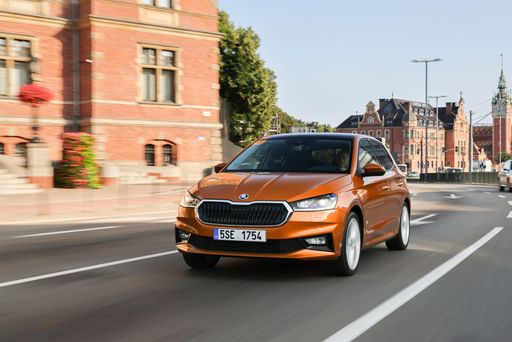
Skoda Fabia
Costs and Consumption
View detailed analysis
Engine and Performance
View detailed analysis
Dimensions and Body
View detailed analysis
Mitsubishi Space Star
The Mitsubishi Space Star is a tidy, no-nonsense city car that squeezes surprising interior space into a compact, easy-to-park package. It's not a thrill-seeker's toy, but for buyers after low running costs, fuss-free reliability and sensible day-to-day practicality, it's a clever and cheerful choice that keeps your wallet and nerves happy.
details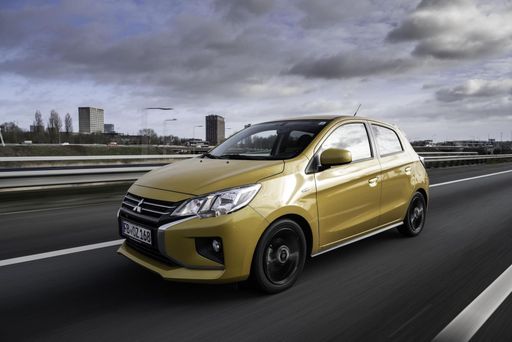
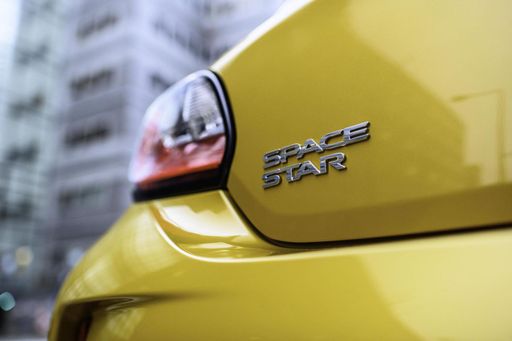
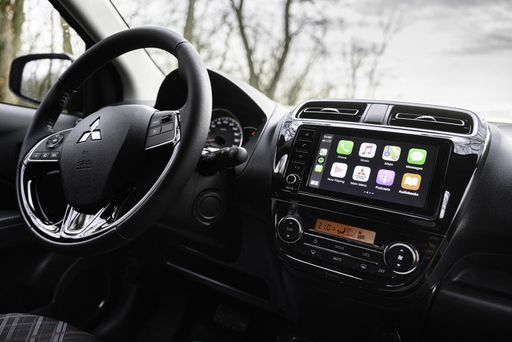
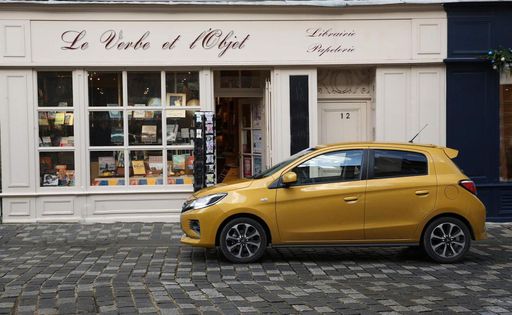
Skoda Fabia
The Skoda Fabia is a clever, no-nonsense small car that turns everyday chores into a breeze thanks to smart packaging and a surprisingly roomy cabin. It won’t set your pulses racing, but it’s a consistently sensible choice — reliable, easy to live with and blessed with a few neat tricks that make city life less faff.
details

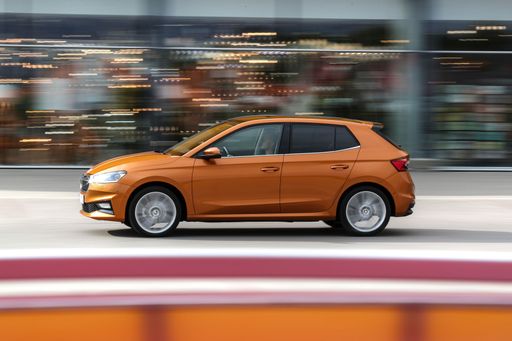



|

|
|
|
|
Costs and Consumption |
|
|---|---|
|
Price
11600 - 18700 £
|
Price
16900 - 30500 £
|
|
Consumption L/100km
4.9 - 5.5 L
|
Consumption L/100km
4.9 - 5.6 L
|
|
Consumption kWh/100km
-
|
Consumption kWh/100km
-
|
|
Electric Range
-
|
Electric Range
-
|
|
Battery Capacity
-
|
Battery Capacity
-
|
|
co2
112 - 125 g/km
|
co2
112 - 126 g/km
|
|
Fuel tank capacity
35 L
|
Fuel tank capacity
40 L
|
Dimensions and Body |
|
|---|---|
|
Body Type
Hatchback
|
Body Type
Hatchback
|
|
Seats
5
|
Seats
5
|
|
Doors
5
|
Doors
5
|
|
Curb weight
940 - 1011 kg
|
Curb weight
1143 - 1278 kg
|
|
Trunk capacity
209 - 235 L
|
Trunk capacity
380 L
|
|
Length
3845 mm
|
Length
4108 - 4137 mm
|
|
Width
1665 mm
|
Width
1780 mm
|
|
Height
1505 mm
|
Height
1458 - 1461 mm
|
|
Max trunk capacity
881 - 912 L
|
Max trunk capacity
1190 L
|
|
Payload
359 - 400 kg
|
Payload
402 - 437 kg
|
Engine and Performance |
|
|---|---|
|
Engine Type
Petrol
|
Engine Type
Petrol
|
|
Transmission
Manuel, Automatic
|
Transmission
Manuel, Automatic
|
|
Transmission Detail
Manual Gearbox, CVT
|
Transmission Detail
Manual Gearbox, Dual-Clutch Automatic
|
|
Drive Type
Front-Wheel Drive
|
Drive Type
Front-Wheel Drive
|
|
Power HP
71 HP
|
Power HP
80 - 177 HP
|
|
Acceleration 0-100km/h
14.1 - 15.8 s
|
Acceleration 0-100km/h
7.4 - 15.7 s
|
|
Max Speed
163 - 167 km/h
|
Max Speed
175 - 228 km/h
|
|
Torque
102 Nm
|
Torque
93 - 250 Nm
|
|
Number of Cylinders
3
|
Number of Cylinders
3 - 4
|
|
Power kW
52 kW
|
Power kW
59 - 130 kW
|
|
Engine capacity
1193 cm3
|
Engine capacity
999 - 1498 cm3
|
General |
|
|---|---|
|
Model Year
2020 - 2022
|
Model Year
2025
|
|
CO2 Efficiency Class
C, D
|
CO2 Efficiency Class
D, C
|
|
Brand
Mitsubishi
|
Brand
Skoda
|
What drivetrain options does the Mitsubishi Space Star have?
Available configurations include Front-Wheel Drive.
The prices and data displayed are estimates based on German list prices and may vary by country. This information is not legally binding.
